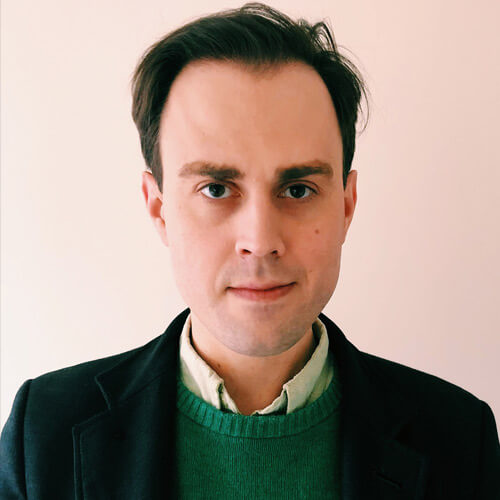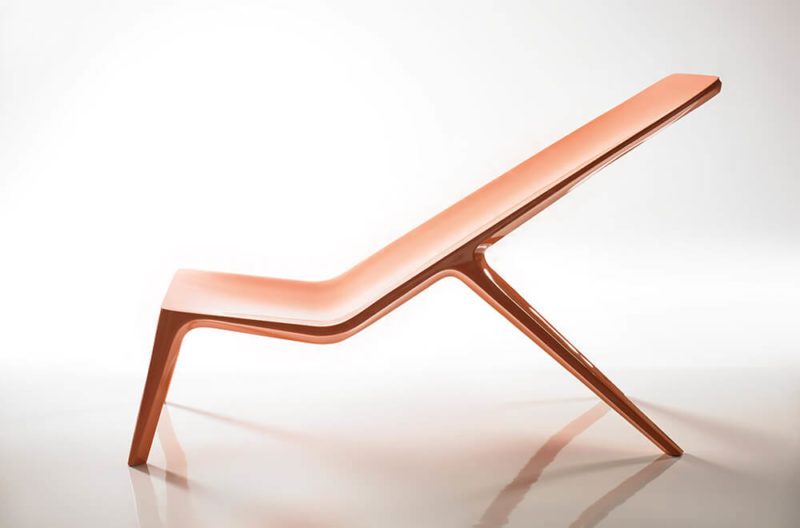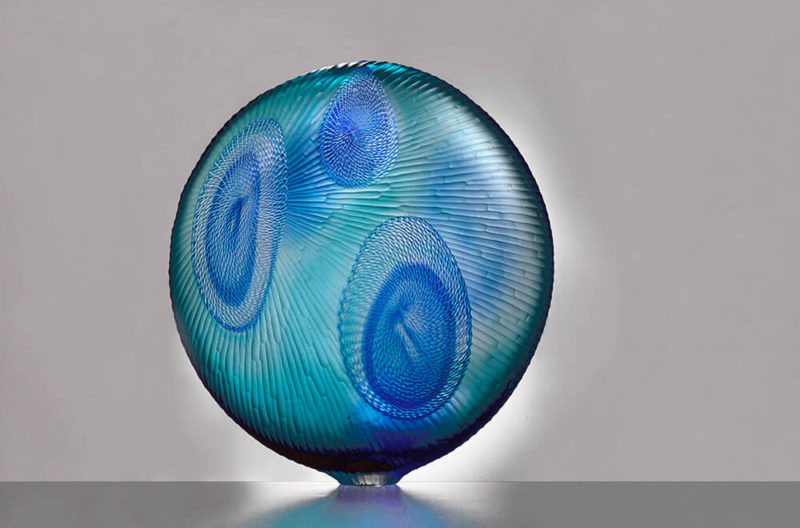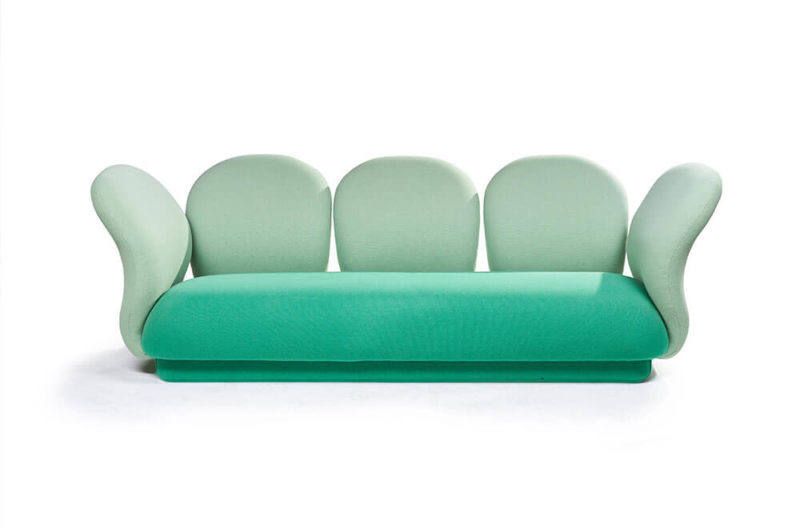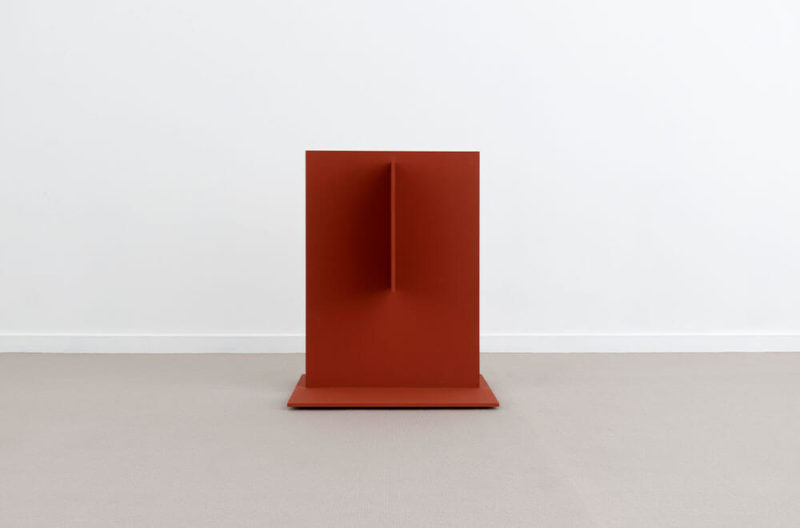Ini Archibong / Hierophany
A fully expressive first gallery solo show, reflecting the designer's quest for meaning through colour, light and form.
Friedman Benda, New York, NY
7th October – 2nd November 2021
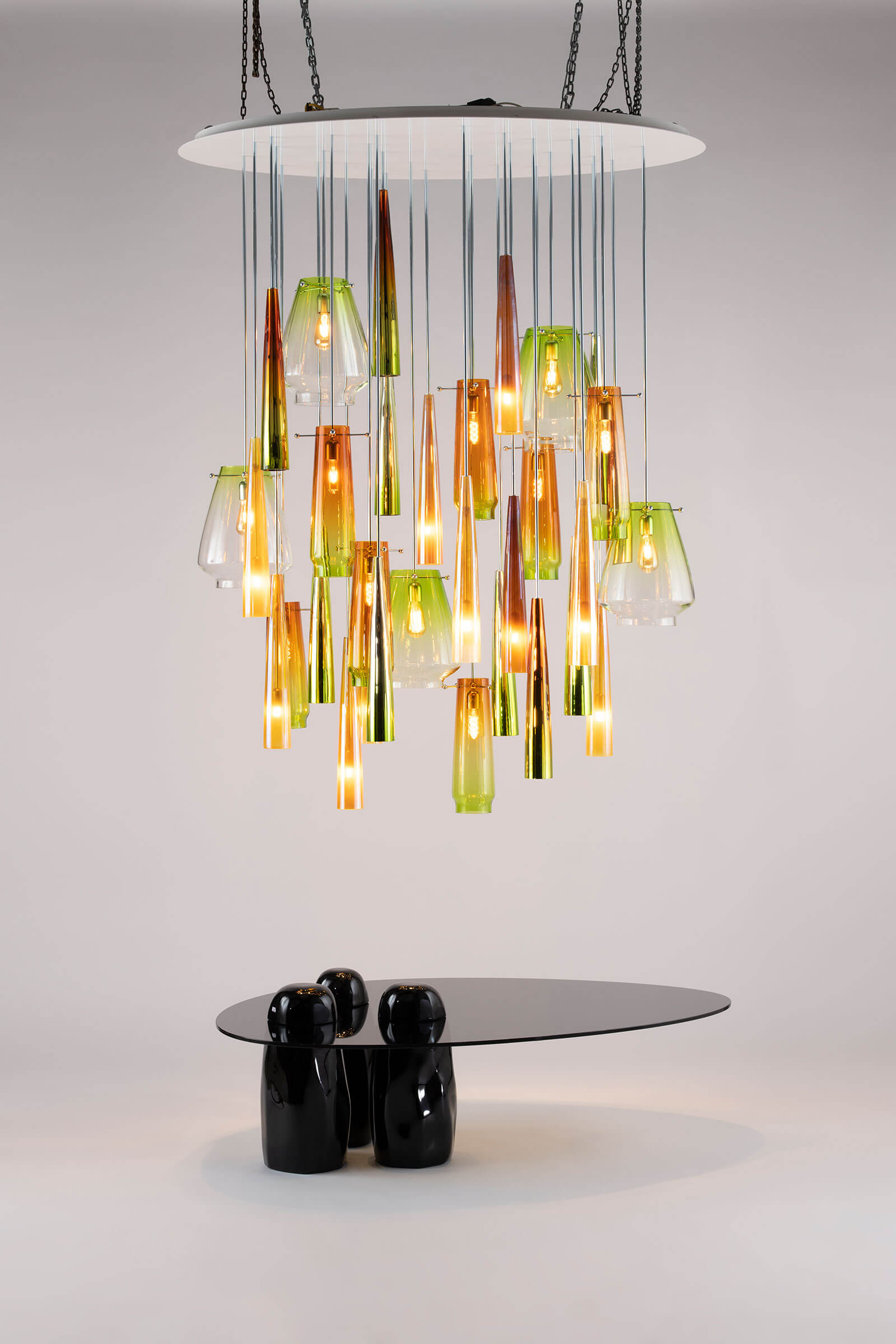
Ini Archibong, ‘Shade Table’, 2019
COURTESY: Friedman Benda and Ini Archibong / PHOTOGRAPH: Andreas Zimmermann
“AN OBJECT SHOULD communicate an idea to the people coming in contact with it,” Ini Archibong explains. “It’s a three-dimensional standing piece of poetry.”
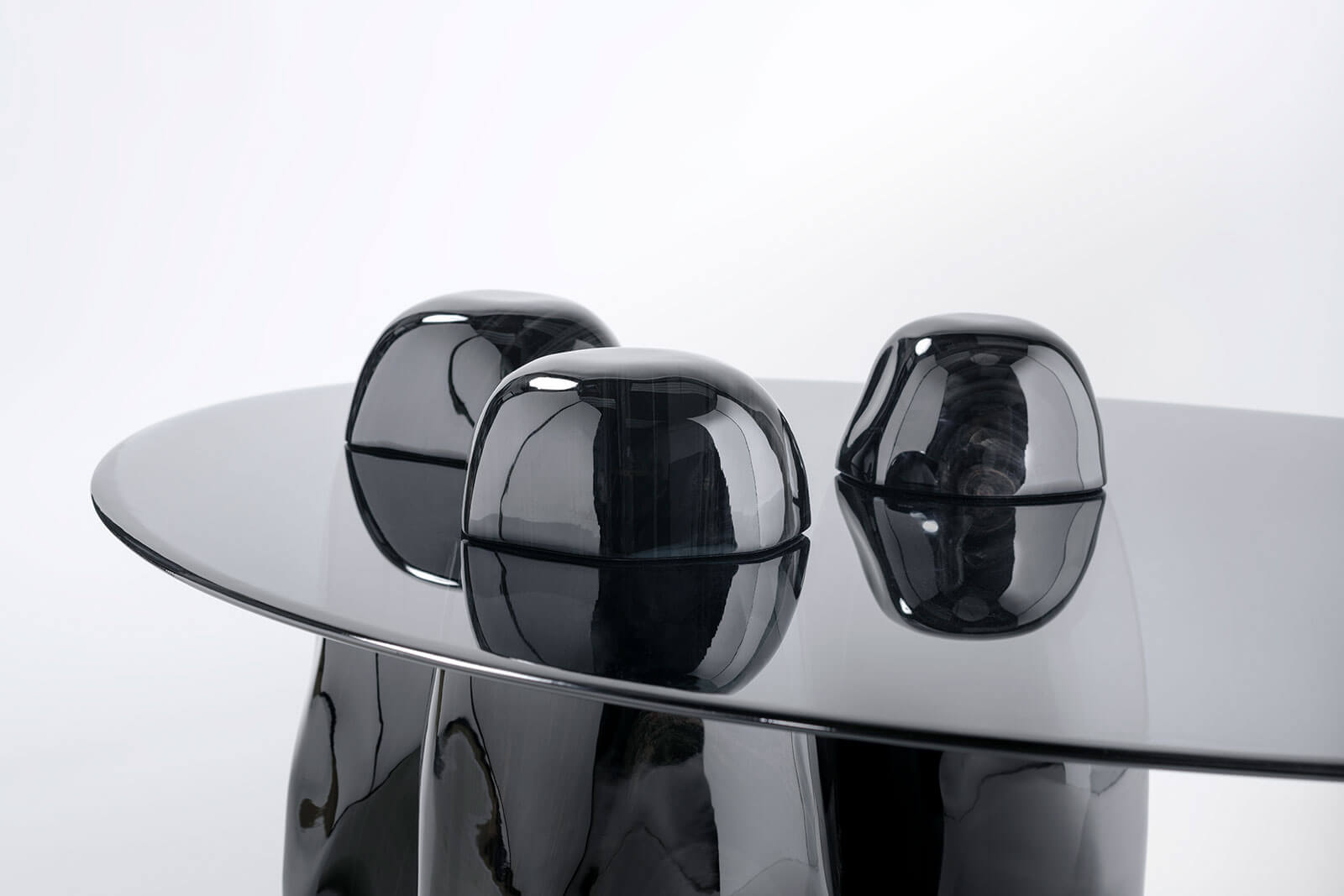
Ini Archibong, ‘Shade Table’, 2019 (detail)
COURTESY: Friedman Benda and Ini Archibong / PHOTOGRAPH: Andreas Zimmermann
The California-born, Switzerland-based talent has impressed many sectors of the design industry with his thoughtful, expressive and well-engineered designs. This hybrid approach stems from the artist’s training at Art Center College of Design in his native Pasadena and ECAL’s Masters of Arts in Luxury Design and Craftsmanship program. From accessories and watches for heritage brands like Hermes, Archibong has brought an entirely new approach to the industry over the past decade, one that pulls from different cultural, aesthetic and craft traditions.
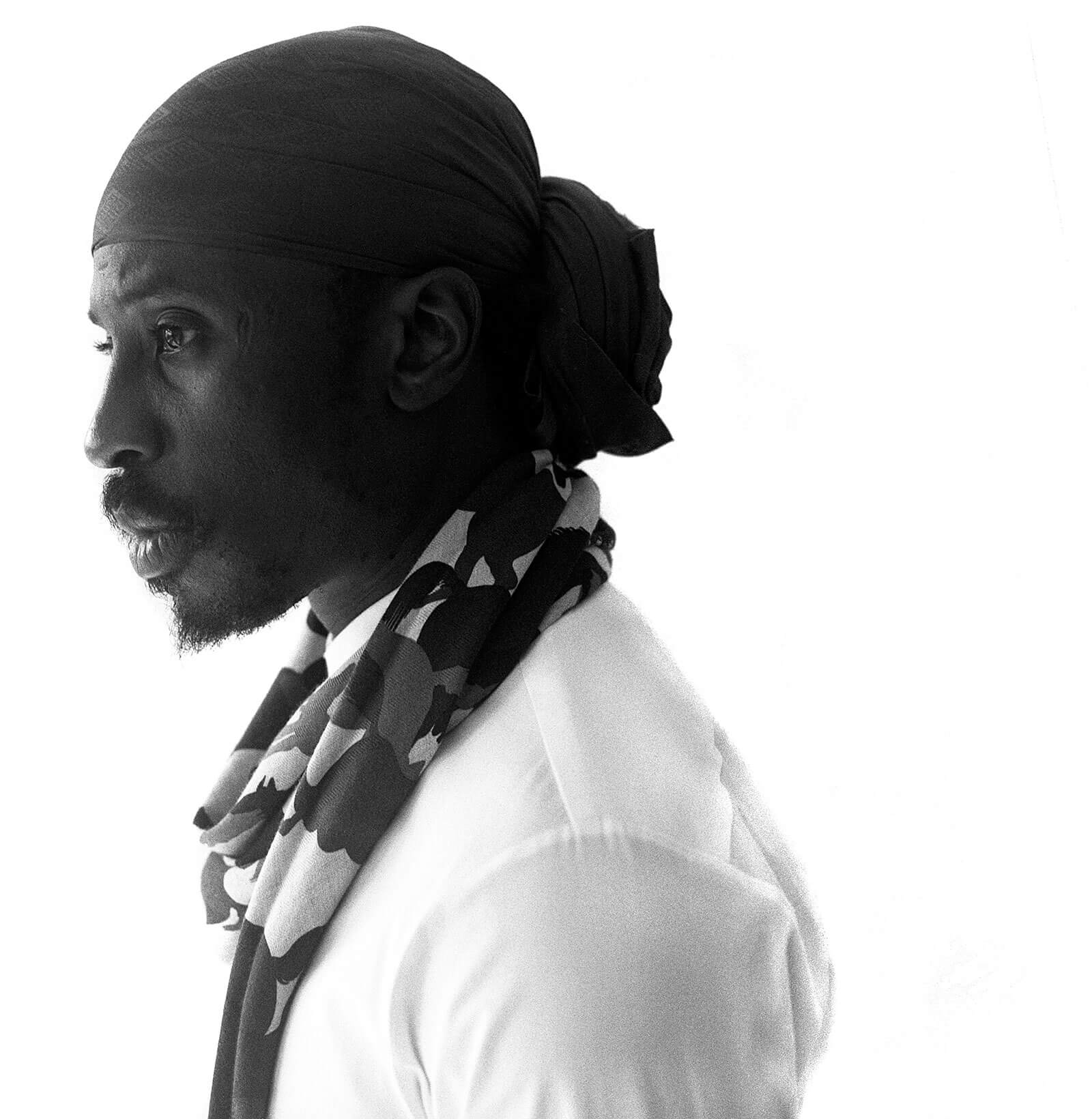
Ini Archibong
COURTESY: Ini Archibong / PHOTOGRAPH: Julian Anderson
In his many professional lives, the designer has worked on concept stores for Apple, furnishings for Bernhardt, and most recently, the Pavilion of the African Diaspora, presented as part of the London Design Biennale in June. The project drew from the talent’s own Nigerian background and is intended as a platform for reflection: taking a deep look at the past, present and future of the continent’s global influence and impact. Many of his works now feature amongst prominent museum collections such as the Dallas Museum of Art, Design Museum London and the High Museum of Art in Georgia.
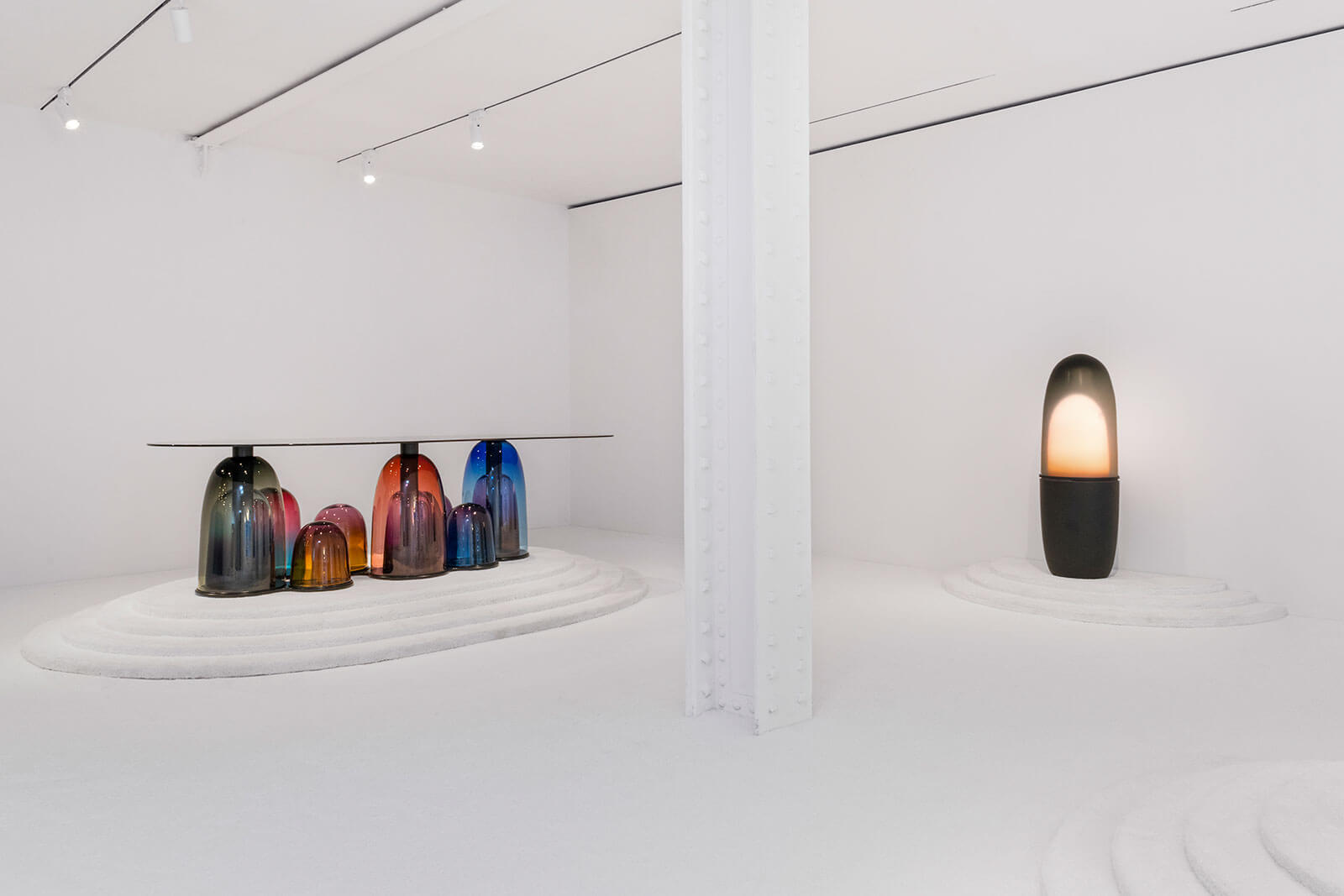
Installation view
COURTESY: Friedman Benda and Ini Archibong / PHOTOGRAPH: Daniel Kukla
With fingers in so many different pies, Archibong seems to be everywhere. Leading up to the opening of his solo show at New York’s Friedman Benda, the designer was at Chicago contract furniture fair NeoCon, debuting a new seating and table collection for American furniture giant Knoll. A few weeks after this whirlwind tour, Archibong is set to be in New York again, celebrating the acquisition of one of his sculptures by The Metropolitan Museum of Art. It’s a milestone indeed.
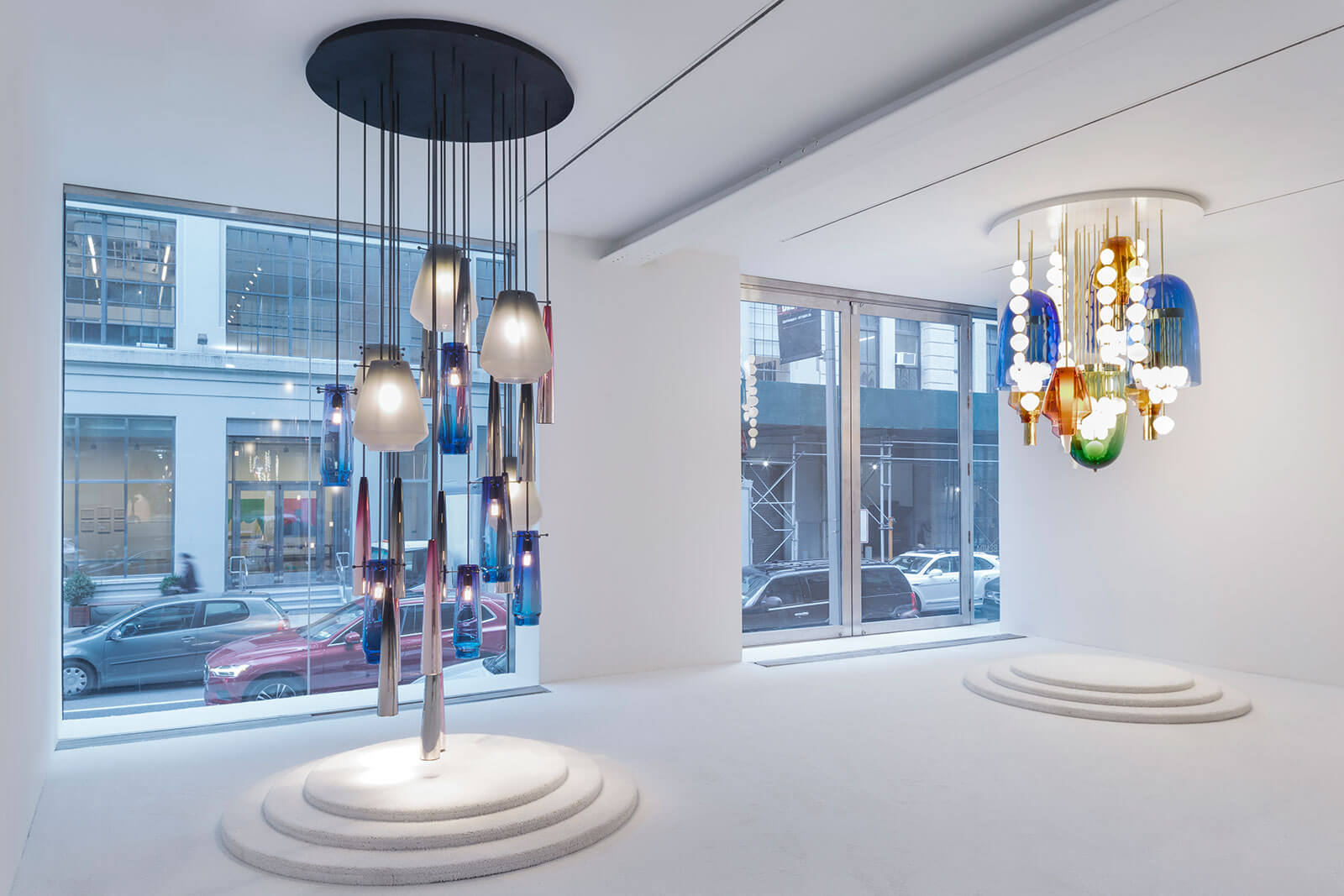
Installation view
COURTESY: Friedman Benda and Ini Archibong / PHOTOGRAPH: Daniel Kukla
He’s also headed to Design Miami/ later in November. The difference between the fair and gallery showcases in early October was palpable. Yet, a clear through-line of Archibong’s refined eclecticism and understanding of form was decipherable in both projects. The Design Edit contributor Adrian Madlener caught up with him in New York soon after the opening of the particularly meditative ‘Hierophany’ exhibition – on view until 2nd November.
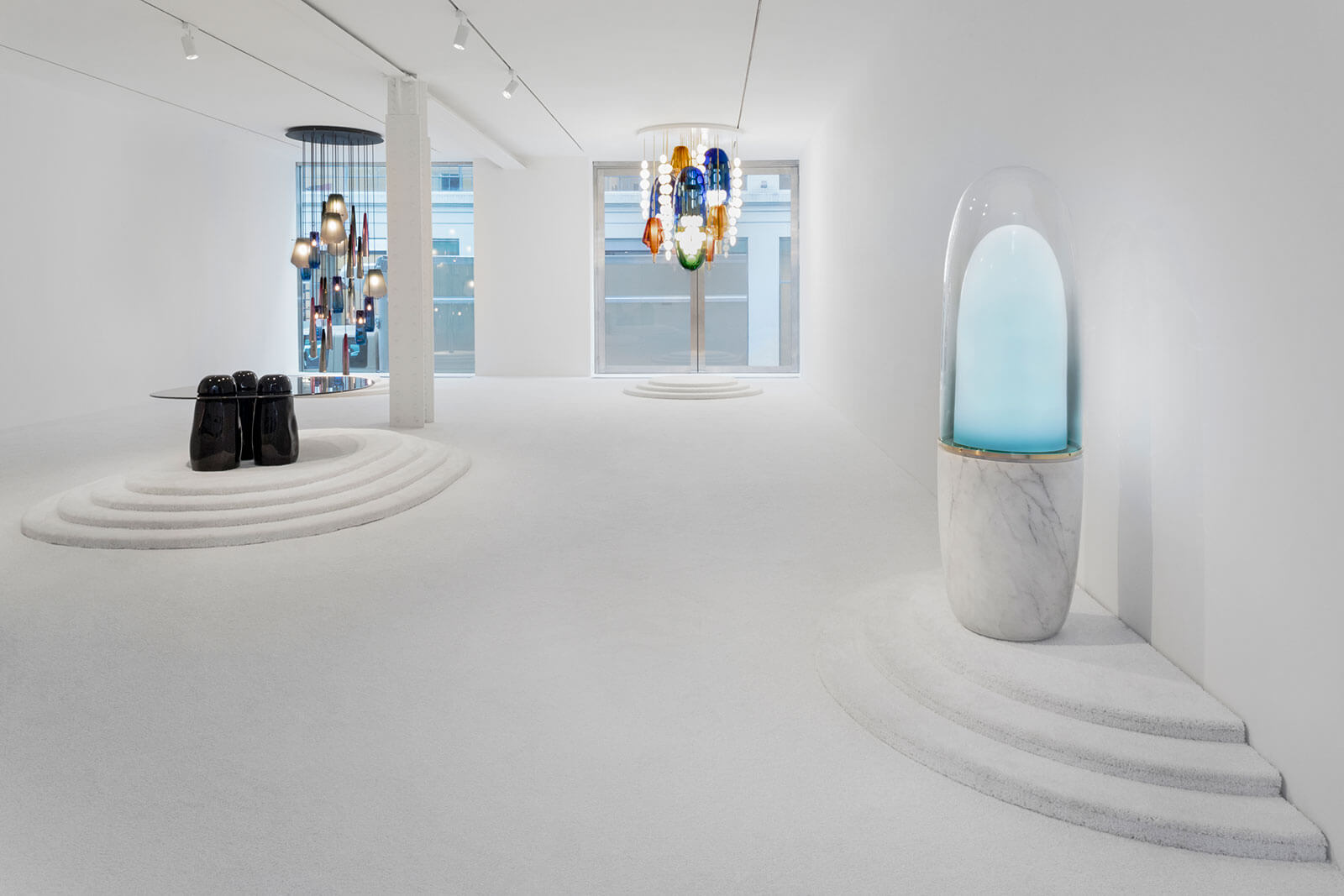
Installation view
COURTESY: Friedman Benda and Ini Archibong / PHOTOGRAPH: Daniel Kukla
The Design Edit (TDE): Tell us about how you first came into contact with Friedman Benda.
Ini Archibong (IA): It was unexpected. I met Marc Benda while showcasing during Milan Design Week 2016 in an exhibition organised by fellow designer Terry Crews for his label Amen & Amen. Until that time, I was working in the contract and luxury markets developing merchandisable products, which still reflected my expressive approach, but that perhaps didn’t give me all of the freedom I was looking for. This showcase gave me the chance to break out and do what I really wanted. During the city-wide event, most of the other exhibitors were looking to get picked up by other brands, but I showed glass-blown chandeliers and weird tables that were entirely my own.
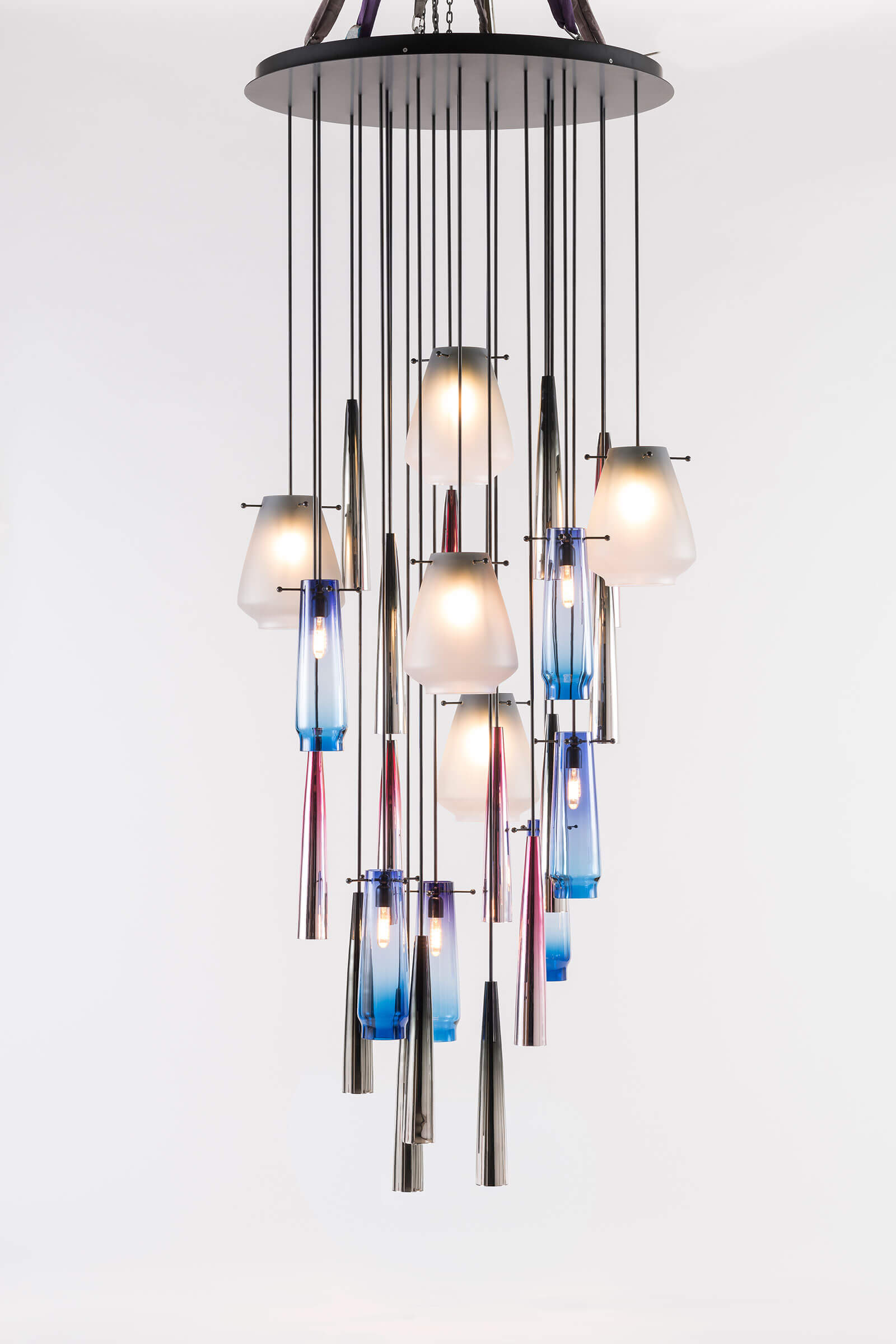
Ini Archibong, ‘Dark Vernus’, 2021
COURTESY: Friedman Benda and Ini Archibong / PHOTOGRAPH: Andreas Zimmermann
I guess Marc saw the show, which led to getting his call a year or so later. He told me that he was a big fan of my work, and I told him that I wanted to learn the ins and outs of this business. It was unexpected but a pleasant surprise, confirmation that the strategic reposition I had done in Milan was working and that operating within the collectible design world would let me achieve my goals.
TDE: What’s been the nature of your collaboration over the past five years?
IA: It’s funny because Marc commissioned one of my chandeliers for his own home before getting started on anything. While photographing the piece in the gallery, someone bought it immediately. I produced another one for him and then the Metropolitan Museum of Art bought it. This happened time and time again. I guess the story of Friedman Benda and me is like the never-ending assignment of making Marc’s chandelier!
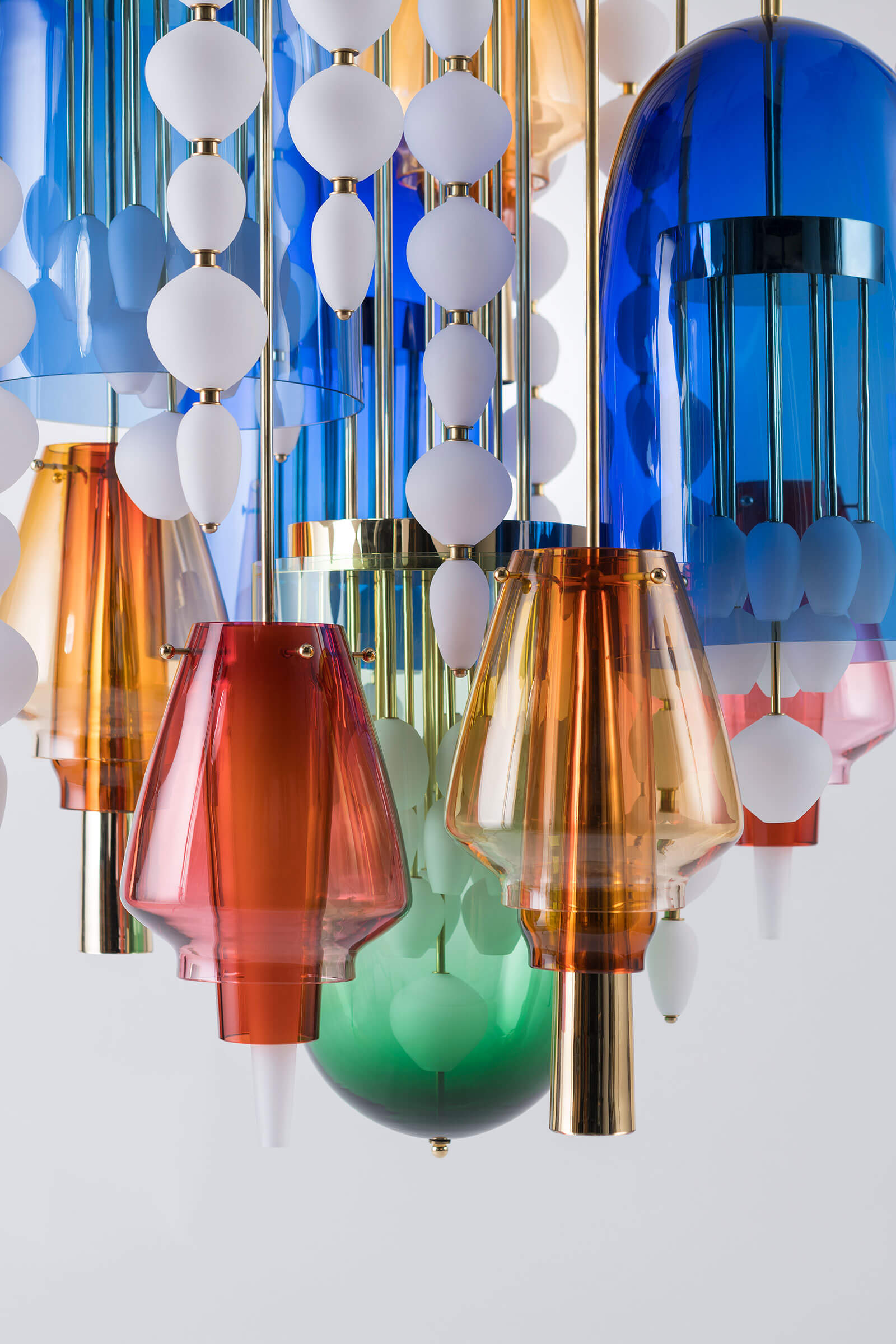
Ini Archibong, ‘Manna Chandelier’, 2021 (detail)
COURTESY: Friedman Benda and Ini Archibong / PHOTOGRAPH: Andreas Zimmermann
“I primarily work with 3D modelling software, which allows me to experiment and to work intuitively, without any constraints”
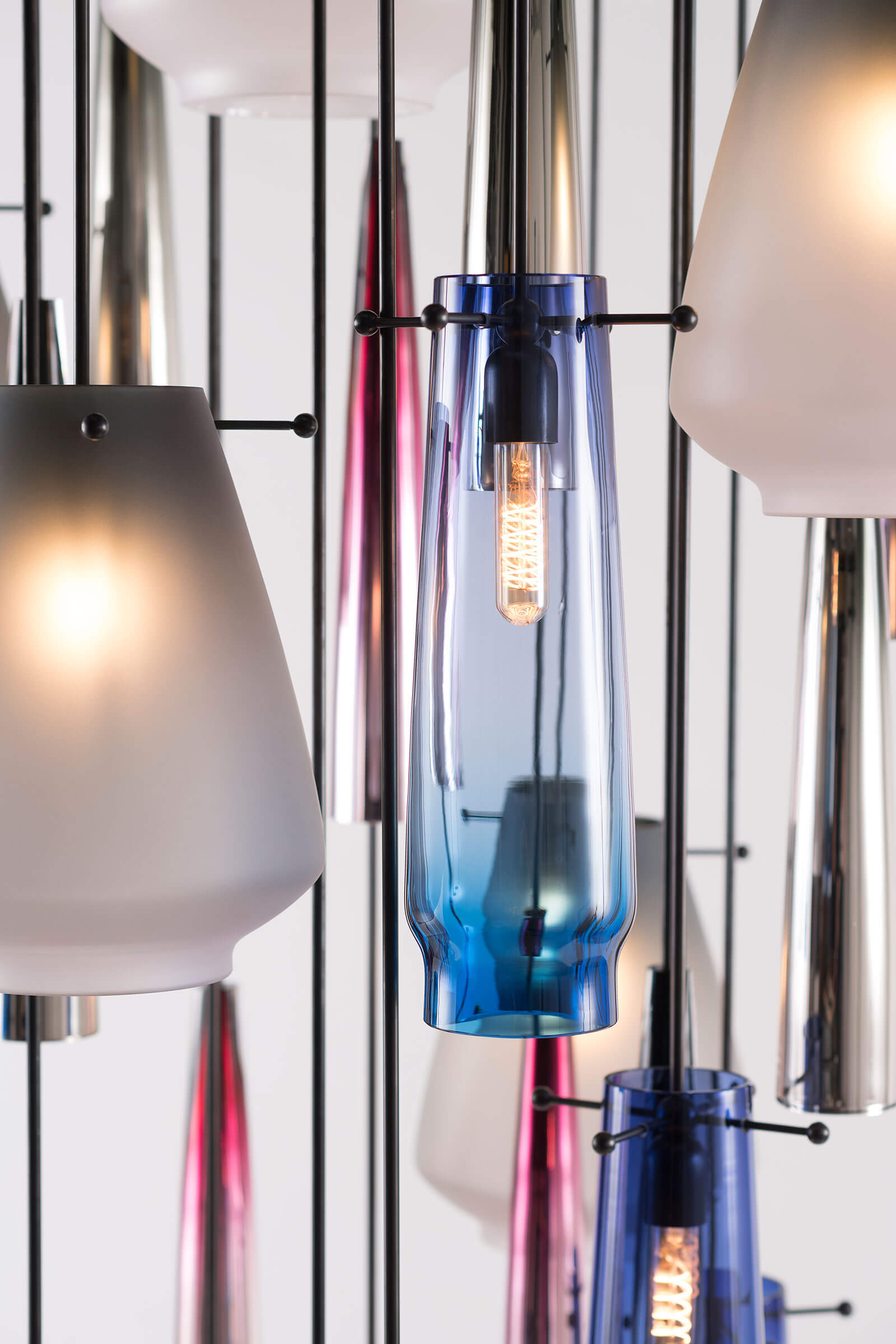
Ini Archibong, ‘Dark Vernus’, 2021 (detail)
COURTESY: Friedman Benda and Ini Archibong / PHOTOGRAPH: Andreas Zimmermann
“Bringing my drawings into glass hasn’t always been easy but working with the right craftspeople lets me create direct translations”
It’s allowed us to forge a strong connection and collaboration over the past four years, developing my precision as an artist. We had a ton of back and forth where I would design something, send a rendering, he’d give me feedback and we just kind of kept doing that until some of the advice he was giving me started to make sense. The biggest thing that came out of this exchange was this show, what I perceive as the spiritual balance of me being able to be myself and find my authentic voice. The process was not just about honing the designs but also my own journey, coming to terms with mental health issues and all of the emotional difficulties I was facing at the time. Making this happy work was a form of escape and recalibration.
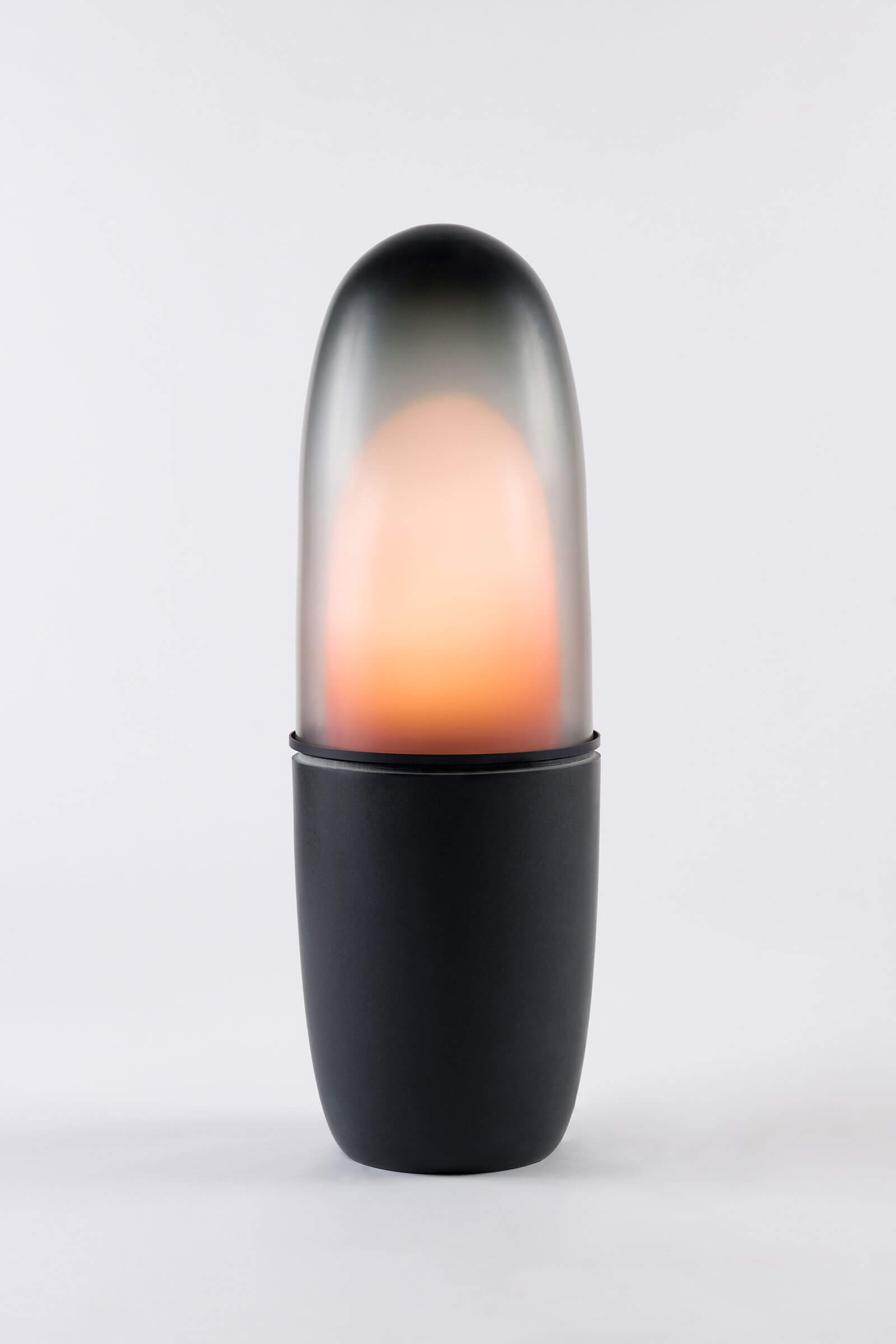
Ini Archibong, ‘Obelisk’ (black granite), 2019
COURTESY: Friedman Benda and Ini Archibong / PHOTOGRAPH: Andreas Zimmermann
TDE: How is the ‘Hierophany’ collection a manifestation of this quest?
IA: The works are very spiritual. A few take on an obelisk-like form which is essentially a beacon of light, a guiding light. It’s something far off in the distance that roots you in place and gives you a destination. For this collection, I studied a lot of metaphysical geometry and ancient monuments to determine which shapes make sense and transcend time.
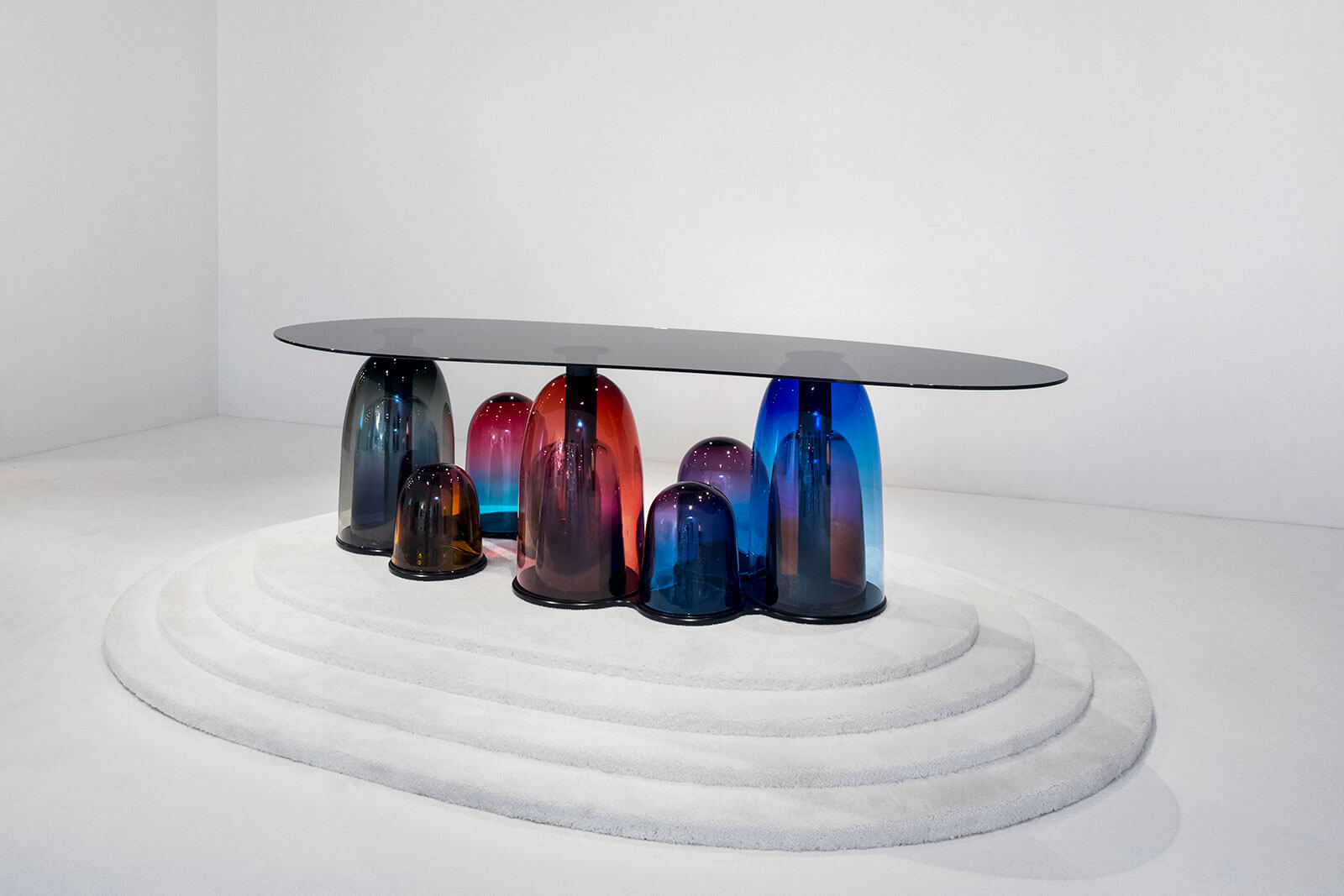
Ini Archibong, ‘Dark Manna Console Table’, 2021
COURTESY: Friedman Benda and Ini Archibong / PHOTOGRAPH: Daniel Kukla
You look at ancient landmarks in Africa, Carnac, Stonehenge, or the pyramids, and realise that the formal language is directly connected. The different organic shapes are a kind of physicalisation, or harnessing of this energy. My goal with each piece is to exalt a single universal concept, which can stand as a microcosmic example of the entirety of the universe’s essence.
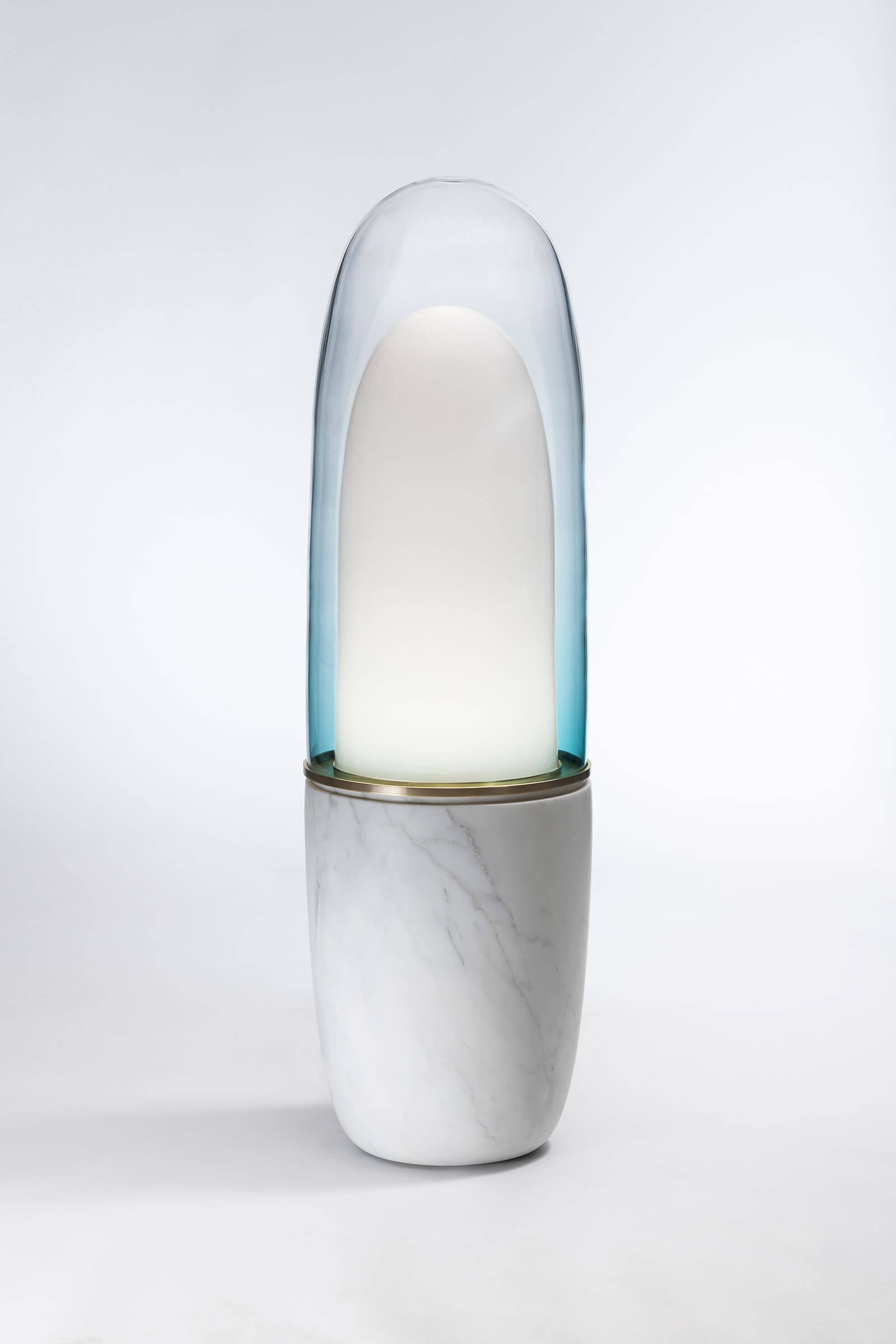
Ini Archibong, ‘Obelisk (marble), 2019
COURTESY: Friedman Benda and Ini Archibong / PHOTOGRAPH: Andreas Zimmermann
TDE: Talk about how craft and glassblowing, in particular, is involved in your design process.
IA: I’ve worked with a master glassblower in Switzerland for many years. He’s become a kind of mentor. Like Marc, he helped me find my way. Right out of school, I visited him and asked if he could help me formulate certain ideas and teach me how to do so. He was gracious and produced one of my first pieces. Over time, I went through a crash course of different techniques with him, mainly when translating specific colours or complex forms in the material using various moulding processes. I primarily work with 3D modelling software, which allows me to experiment and fantasise about different worlds; to work intuitively and without any constraints.
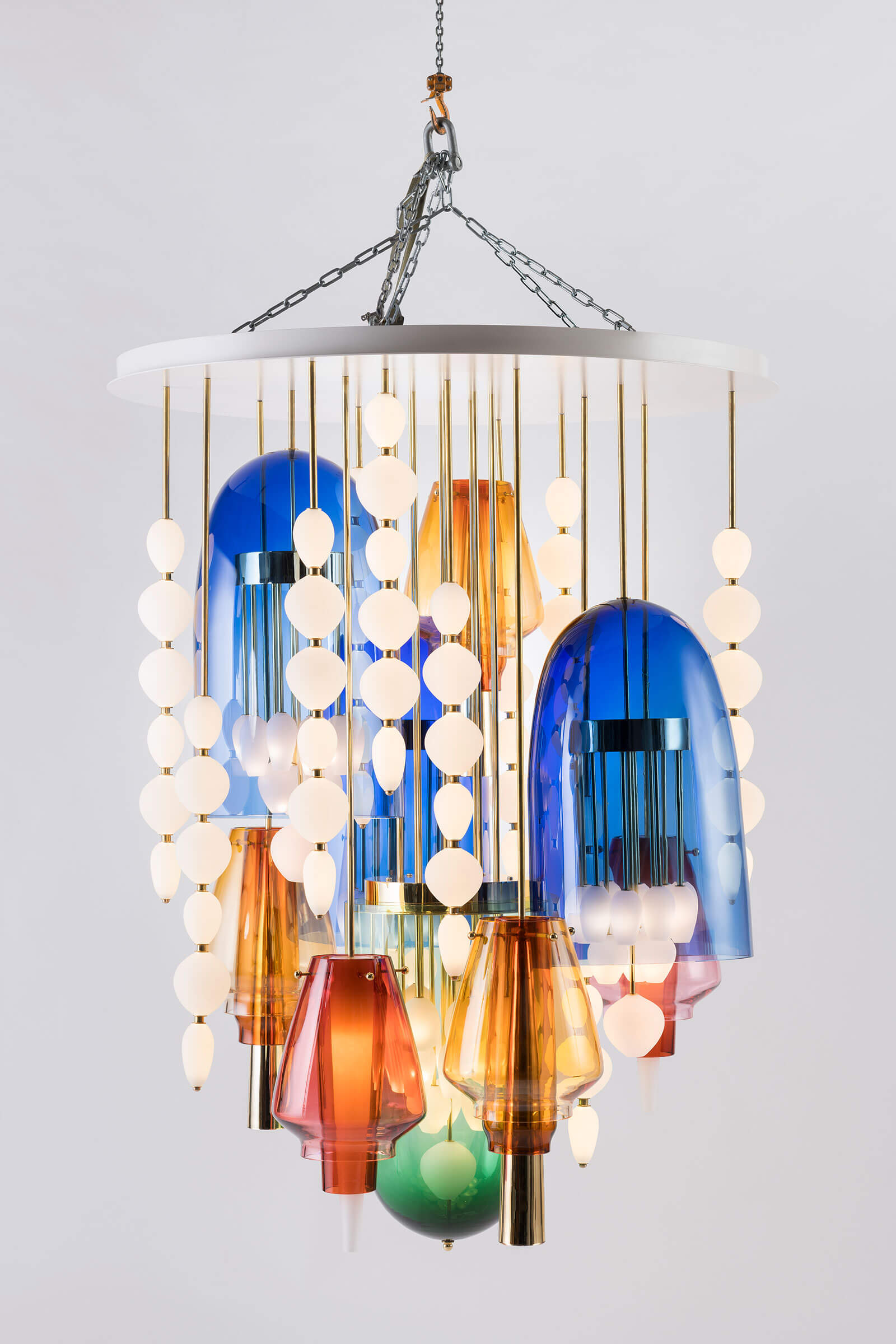
Ini Archibong, ‘Manna Chandelier’, 2021
COURTESY: Friedman Benda and Ini Archibong / PHOTOGRAPH: Andreas Zimmermann
Bringing these drawings into glass hasn’t always been easy but working with the right craftspeople lets me create direct translations. I bring the concept, but I really depend on the glassblower to inform me how we’re going to make the thing that I’m imagining – because if you look at it, there’s no shortage of technical possibilities. When you look at pieces like ‘Manna Chandelier’, you realise that so many different elements are involved.
Glass and obsidian, which is technically volcanic glass, are a big part of the ‘Hierophany’ collection. Its magic quality comes through in how it deals with light. The fact that it’s both reflective and refractive and gives the viewer a certain feeling and energy. That means that incorporating light is one of the best ways to showcase the fact that it’s glass. For me, the combination of both elements drives home the idea of spirituality.
Ini Archibong: Hierophany at Friedman Benda.
